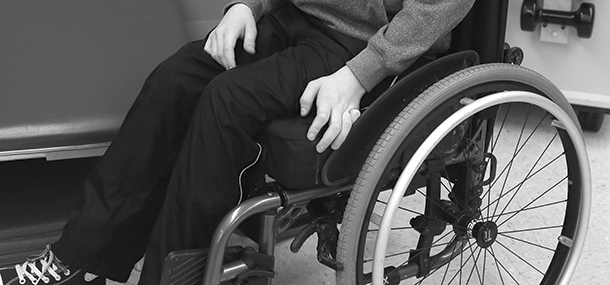

Duchenne Muscular Dystrophy (DMD) is a skeletal muscular disorder that occurs almost exclusively in boys. In this disorder, affected children suffer from progressive muscle weakness.
Boys suffering from DMD experience difficulty walking, eventually requiring them to use a wheelchair, and ultimately an early death in their twenties. This disorder can be cruel for the child, parents, and their family. Researchers at Cincinnati Children’s are currently working very hard on several clinical trials to slow down and hopefully stop the progression of DMD.
One of the main characteristics of DMD is that fat begins to replace muscle. Radiologists usually notice this first in the thighs and pelvic areas through an MRI study. However, simply seeing the muscle being replaced by fat is not enough. The caregivers taking care of children with DMD want to measure both the amount of fat and the rate at which it’s replacing the muscle. An accurate measurement cannot be taken using conventional MRI sequences and human eyes.
In order to better measure the amount of fat within the muscle, Dr. Hee Kyung Kim, a radiologist at Cincinnati Children’s has been researching a new MRI technique called T2 relaxation time mapping. This technique helps to measure the amount of fat within muscle more accurately and with superior quality as compared to traditional MRI. Most recently, this research has been supported with a grant from the Radiologic Society of North America (RSNA). With their backing, Dr. Kim will be able to continue to pursue her research until she can help to find a solution to stopping the progression of DMD.
Contributed by Dr. Hee Kyung Kim and edited by Tony Dandino (RT).